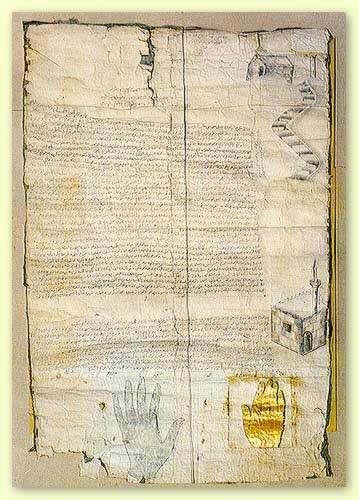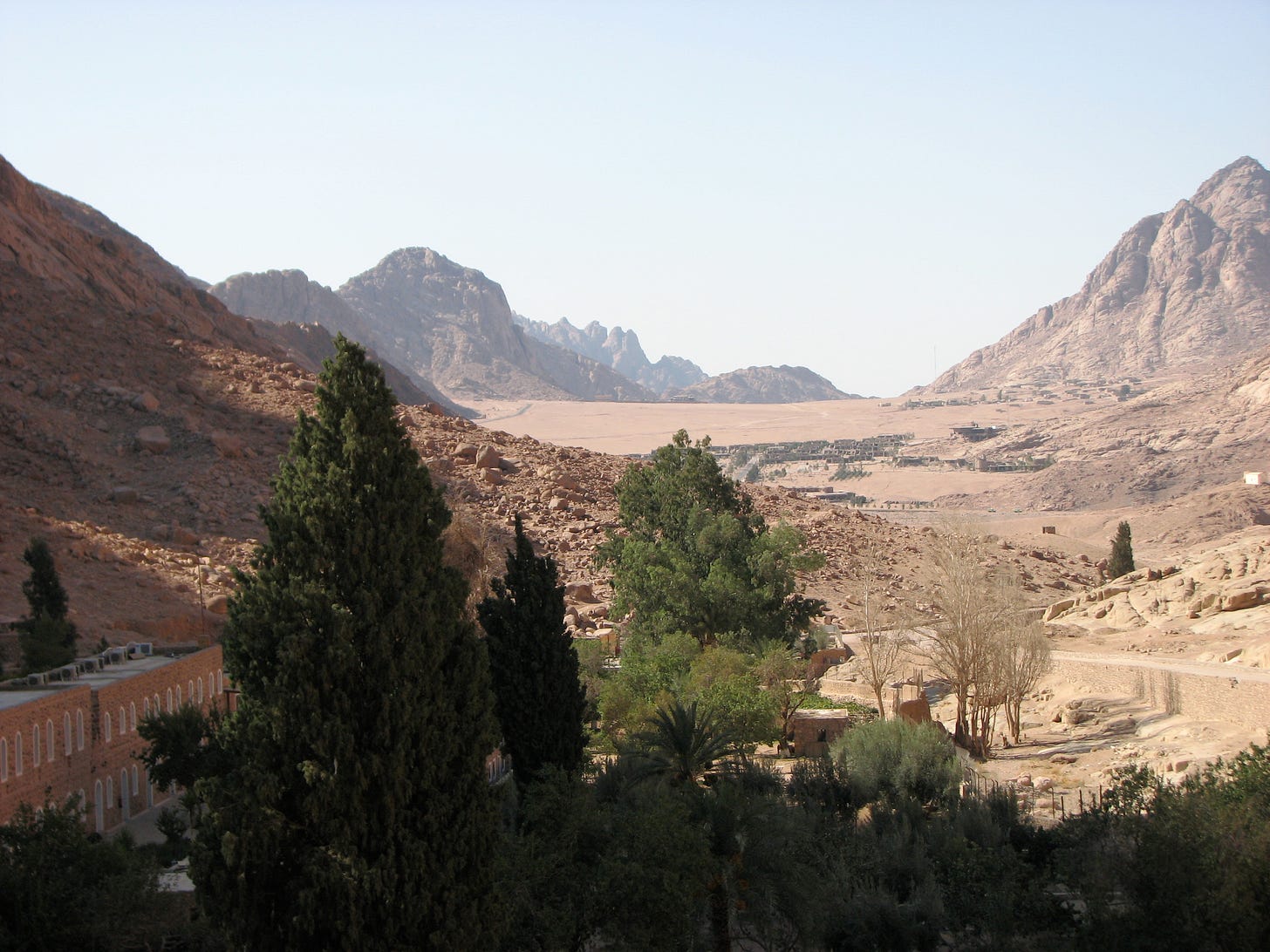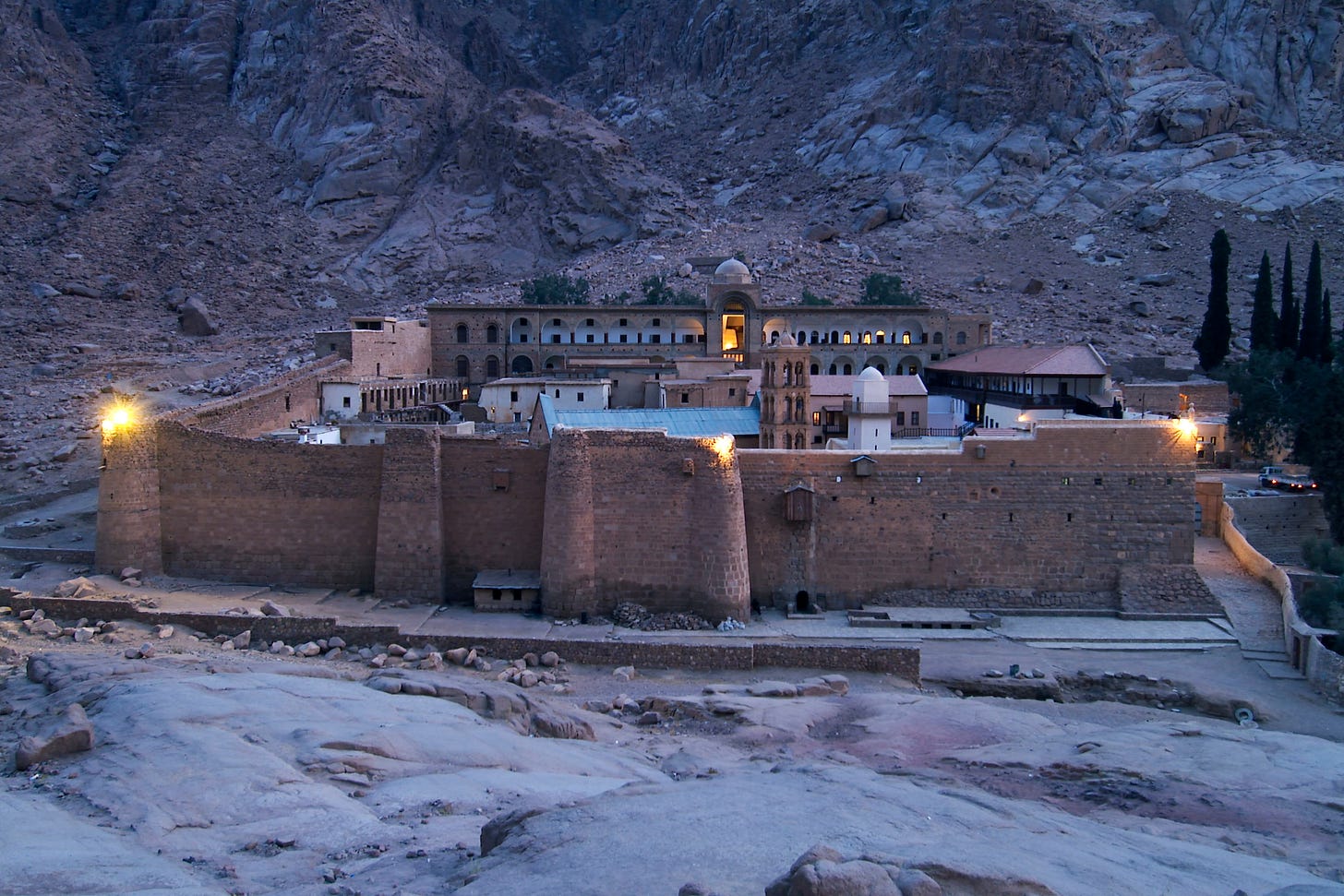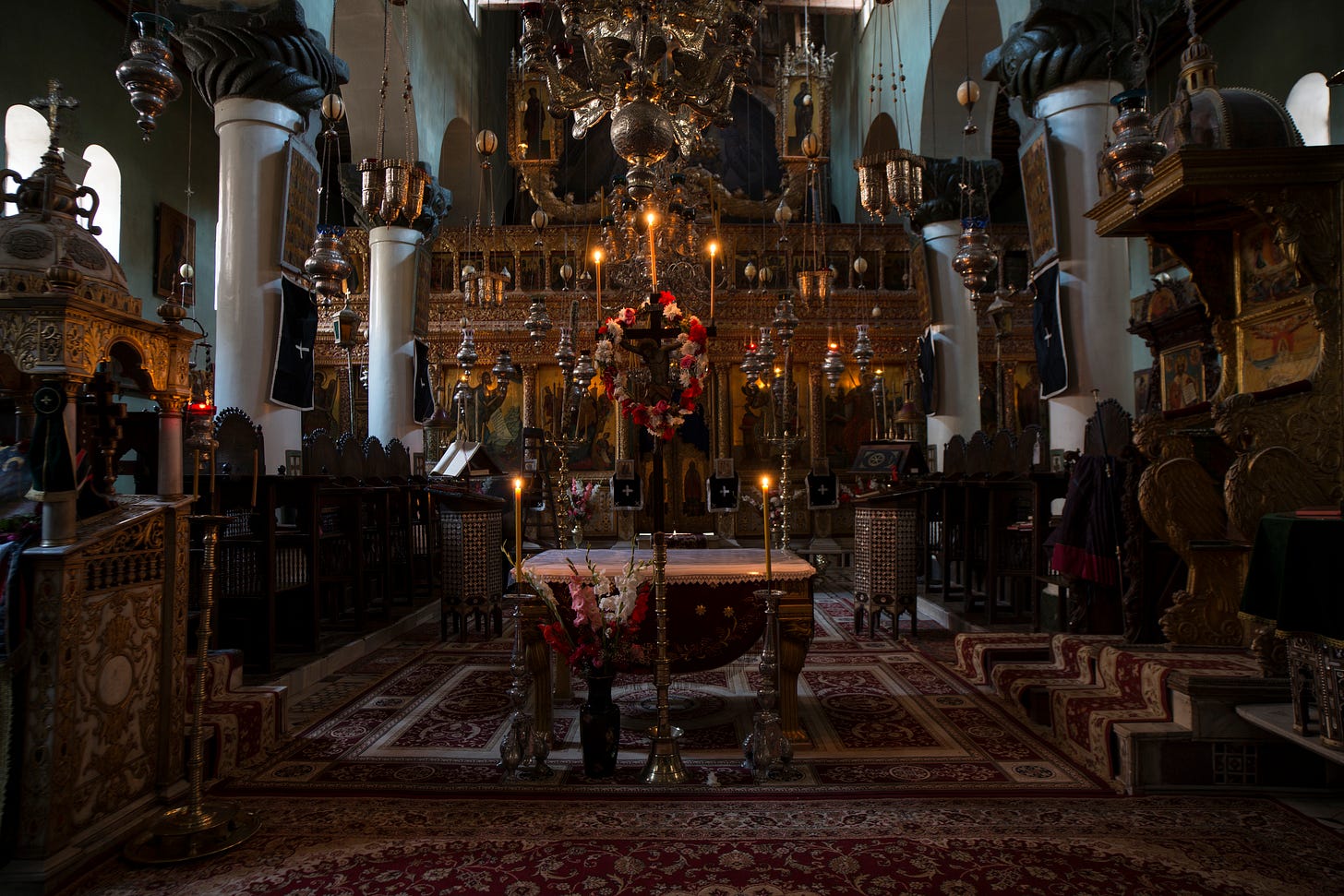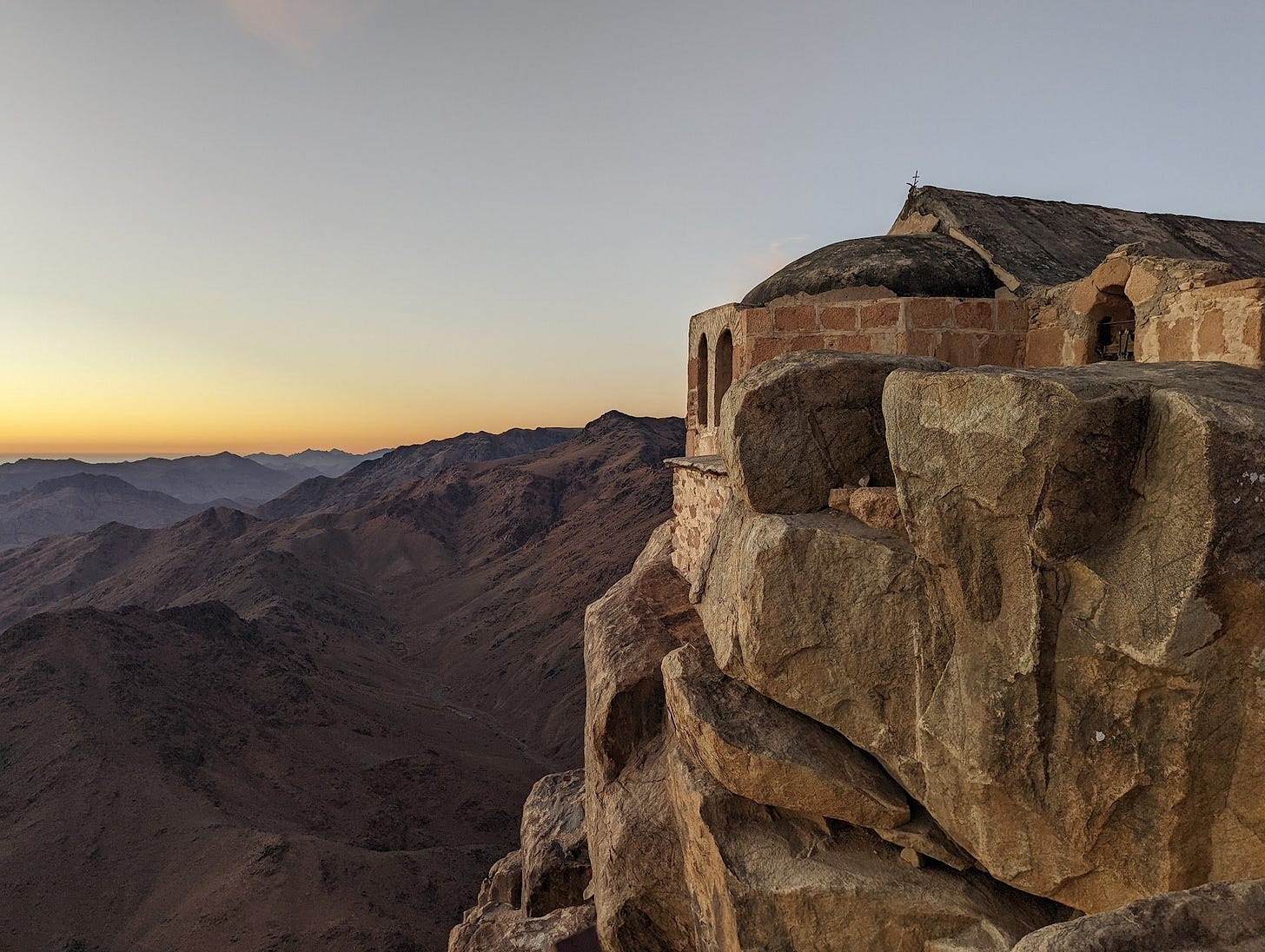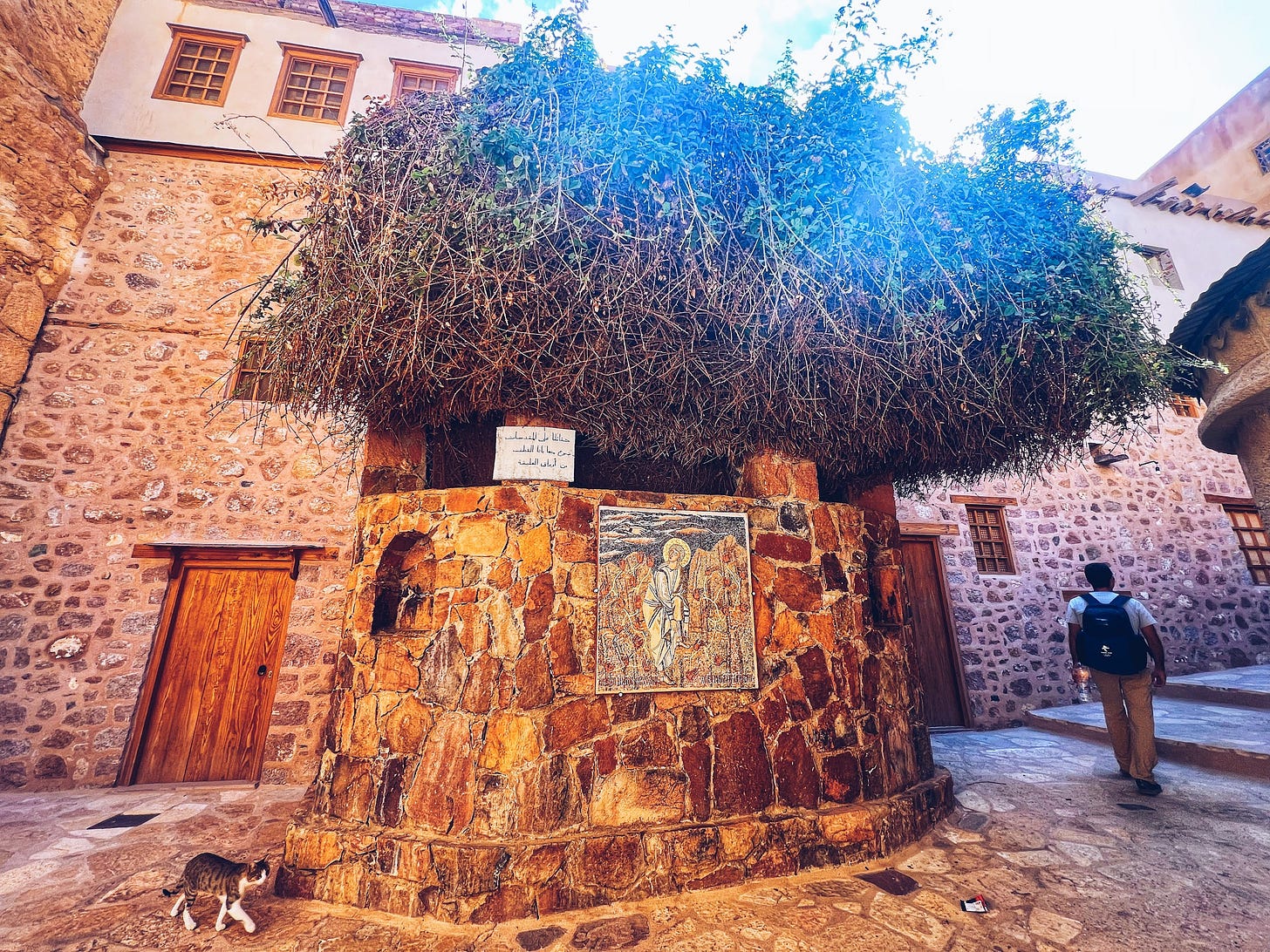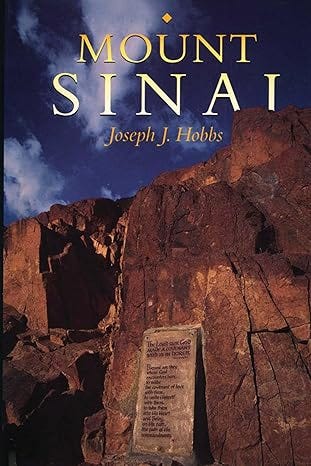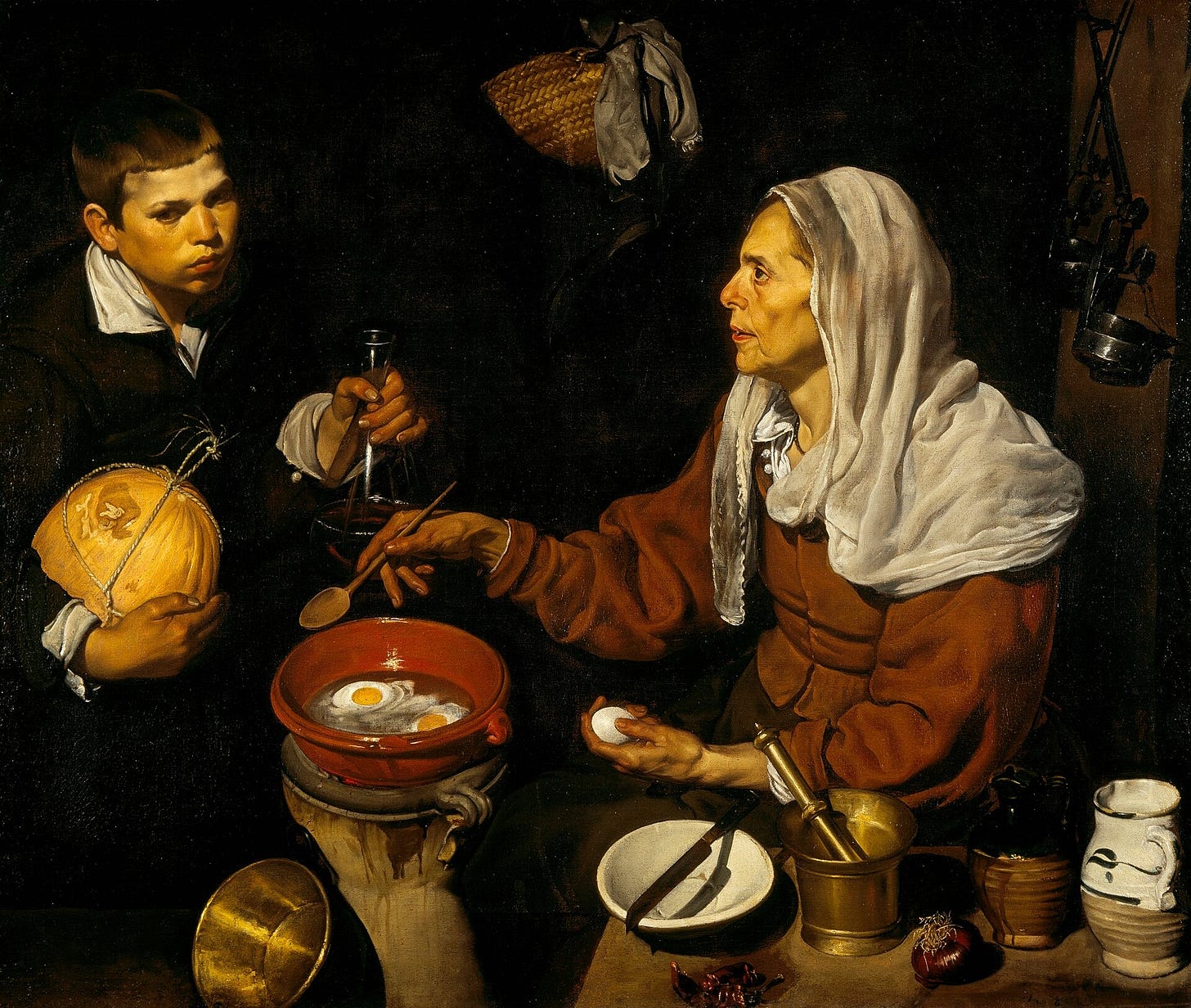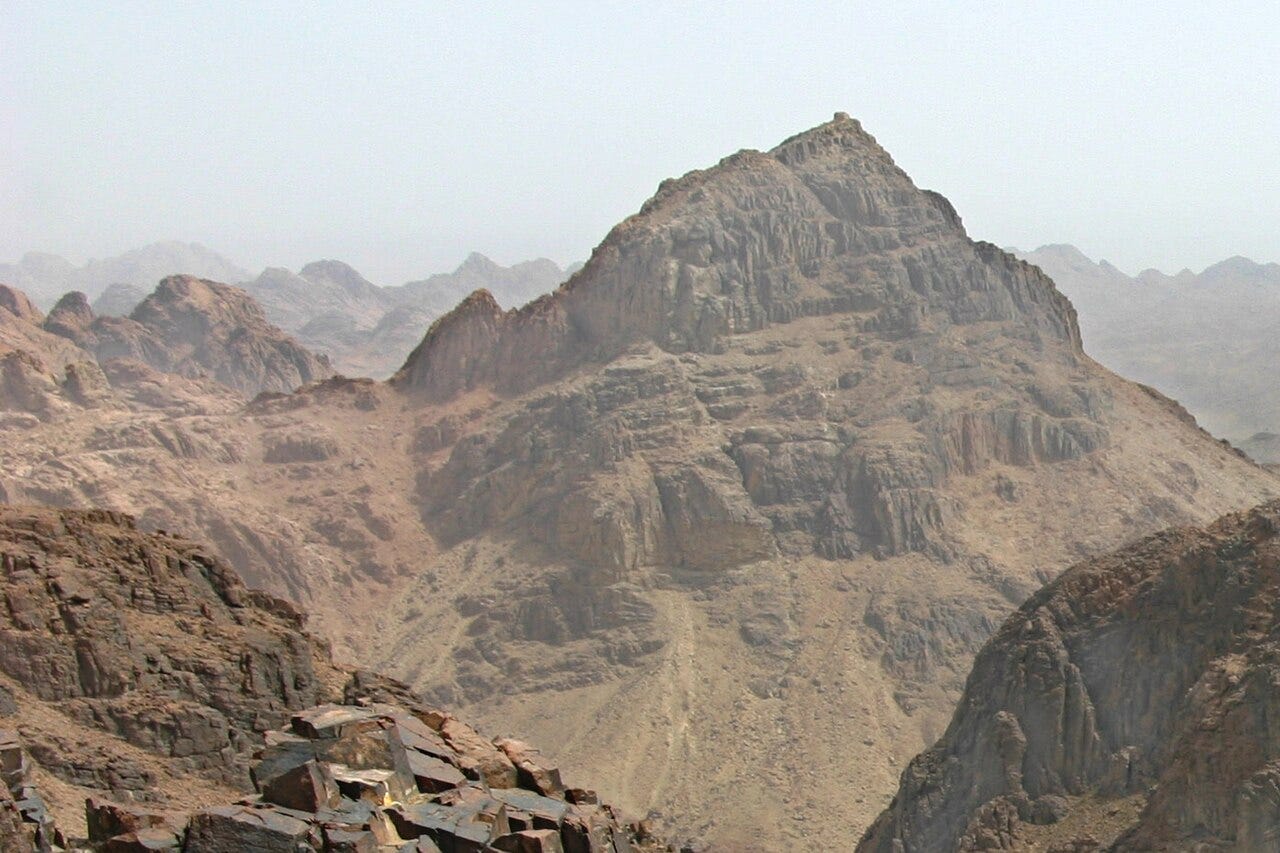Sinai in Crisis
Is the oldest Christian Monastery in danger? Is Christianity under attack?
In today’s edition, our guest contributor, TheBlackWolf, brings you the latest updates from Saint Catherine’s Monastery in Mount Sinai, one of the world’s oldest Christian monasteries and a living witness to centuries of faith, scholarship, and resilience.
But to understand why this matters, you have to understand what Mount Sinai really is. We discuss this in the premium section.
The world’s oldest Christian monastery - founded by the Byzantine Emperor Justinian himself – is being prosecuted by Egyptian authorities. This is just part of what seems to be a series of "coincidences" against Christians and their churches in the Middle East; is the Faith then under attack?
Saint Catherine’s Monastery, located at the foot of Mount Sinai in Egypt is part of the autonomous Church of Sinai under the Greek Orthodox Patriarchate of Jerusalem; it houses the world’s second-largest collection of early codices and manuscripts (after Vatican), including the Codex Sinaiticus. It was designated a UNESCO World Heritage Site in 2002.
It has never been destroyed despite regional upheavals, protected by its remote location, fortified granite walls (2.5 meters thick, 11 meters high), and historical agreements. Notably, the Ashtiname of Muhammad, a document attributed to the Prophet Muhammad, granted protection to the monastery, fostering peaceful relations with local Bedouin tribes, particularly the Jabaliya, who have guarded it for centuries.
Built to enclose the traditional site of the Burning Bush, where Moses is believed to have encountered God (Exodus 3:2), the monastery is a significant spiritual and cultural landmark for Judaism, Christianity, and Islam. Named after Saint Catherine of Alexandria in the 9th or 10th century, following the discovery of her purported relics, it became a major pilgrimage site.
Throughout its history, the monastery has been supported by Byzantine emperors, Crusader rulers, and even Islamic leaders like Muhammad and Ottoman sultans. Its library, established between 527 and 565, preserves manuscripts in Greek, Arabic, Syriac, and other languages, with significant discoveries like the Codex Sinaiticus in the 19th century and additional manuscripts in 1975. The monastery has maintained a small community of about 20 Greek Orthodox monks, led by Archbishop Damian, who resides in Cairo.
On May 28, 2025, an Egyptian court reportedly ordered the closure of Saint Catherine’s Monastery, sparking outrage in Greece and the Orthodox Christian world. The decision involves confiscating the monastery’s properties, evicting its monastic community, and converting the site into a state-owned museum, akin to a tourist attraction like the Pyramids.
The legal battle over the monastery’s land began in the 2000s amid tourism growth in Sinai, with disputes escalating under the Muslim Brotherhood’s rule in 2012. The South Sinai governor contested the monastery’s ownership of 71 assets in 2015, and the recent court ruling appears to conclude a decade-long legal campaign against the monastery.
Archbishop Ieronymos of Athens condemned the decision as a “historic fall” for Hellenism and Orthodoxy, urging immediate action from Greek and international authorities.
The decision to close the monastery and repurpose it as a museum raises questions about Egypt’s motives, especially given its historical respect for the site’s religious status, as evidenced by the Ashtiname of Muhammad and centuries of coexistence with local Muslims. The timing and contradiction of recent diplomatic assurances suggest possible political or economic pressures, such as tourism-driven development or internal judicial dynamics, may be at play.
However, without the official court ruling, the full rationale remains unclear, and the move risks alienating Greece and the global Orthodox community while undermining Egypt’s image as a protector of religious heritage.
The monks are organizing a global campaign to reverse the decision, appealing to Christian churches and other monotheistic religious leaders, arguing it threatens the monastery’s 1,500-year spiritual and cultural legacy. They also closed down the monastery as a sign of mourning.
The situation after several days following the court’s verdict is still unclear; the Egyptian government rushed to clarify that the monastery “is safe and considered a place of worship” while the Orthodox Patriarchs and the Greek church speak of extremely concerning developments that put in risk the monastery and its legacy.
Trying to look at this from a detached perspective, it does not seem that Egypt will close the monastery down; but they are actively pursuing the change in the status of ownership of the land in what seems to be state-sanctioned land grab operation, fueled by greed rather than religious fervor.
Afterall, what Egypt is after is the revenues and income the region can offer them, especially if they own the land and treat the monastery as a tourist-milking park, aka “museum”. Otherwise why would the authorities drag the monks in the Egyptian courts?
The closure of Saint Catherine’s Monastery and its planned transformation into a state-owned museum parallels the defilation of Hagia Sophia and its conversion into into a mosque in 2020 by the turks. Both actions involve repurposing historically Christian sites, raising concerns about the erosion of their religious significance and the persecution of the Christian Faith.
Meanwhile Christian populations are unprotected in the region; Greek Orthodox Christians in Syria are left alone to face extremism. The situation of Christians in Syria, particularly since the onset of the Syrian Civil War (2011–present), involves more overt violence and displacement compared to the legal and symbolic actions in Egypt and Turkey.
Syria’s Christian population, once around 10% of the country (approximately 1.5 million), has faced severe persecution, especially by the current regime and its leader (who the West – including Trump – rushed to embrace).
Since I’m noticing too many “coincidences” against Christianity – not only in Middle East, but also in Europe proper – I have a question: is Christianity under attack? Is this the dystopian future our “leaders” planned for us?
Book Corner
Art
She’s just frying eggs. But look closer, this painting changed the history of art. Diego Velázquez was only 19 when he painted Vieja friendo huevos (1618) now in the National Gallery of Scotland.
The title is simple: “Old Woman Frying Eggs.”
But the execution? Anything but simple.
Velázquez turned an everyday kitchen scene into a masterclass in realism. Every egg, pot, and shadow feels alive like you could reach in and smell the oil. Velázquez was painting against the grain. In 1618, Spanish art was about saints and royalty. Not peasants in kitchens. But Velázquez didn’t care. He believed ordinary life was worthy of extraordinary attention.
And that’s what made him dangerous. He didn’t just imitate reality, he commanded it. Look at the light on the eggs. The reflection on the copper. The way the figures stare past each other, lost in thought. This is a moment. Velázquez used “tenebrism”—a technique of dramatic light and shadow, decades before it became mainstream in Spain.
The influence? Likely Caravaggio.
But Velázquez added something else: silence. His figures don’t speak. They exist. Art historians call this a bodegón, a genre of still-life and humble life combined. But this was more than that. Velázquez gave dignity to the overlooked. A woman frying eggs became as worthy of canvas as any king.
The painting now hangs in Edinburgh. Most walk past it, not realizing what they’re seeing.
A 19-year-old redefining what art could be. No divine visions. No noble blood. Just eggs, oil, and fire. And yet—it changed everything. This wasn’t just a kitchen. It was a quiet revolution.
Mount Sinai: The Mountain That Changed the World
Most mountains offer a view. This one offered a voice. Mount Sinai, a remote peak in the barren desert of the Sinai Peninsula, doesn’t attract attention by size or beauty. It’s not the highest, grandest, or most photographed mountain on earth. But its legacy is unmatched because it’s where heaven met earth. Three of the world’s great religions trace a pivotal moment back to this lonely mountain. And what happened there still shapes how billions live, worship, and understand right and wrong.
Keep reading with a 7-day free trial
Subscribe to The Culture Explorer to keep reading this post and get 7 days of free access to the full post archives.





